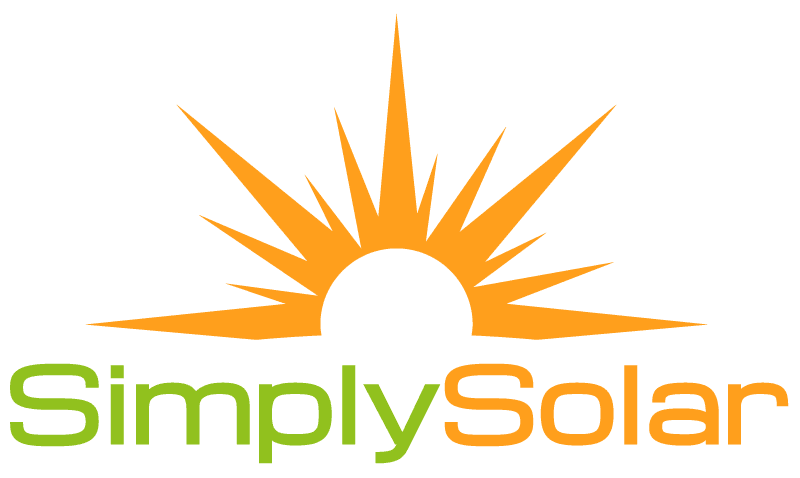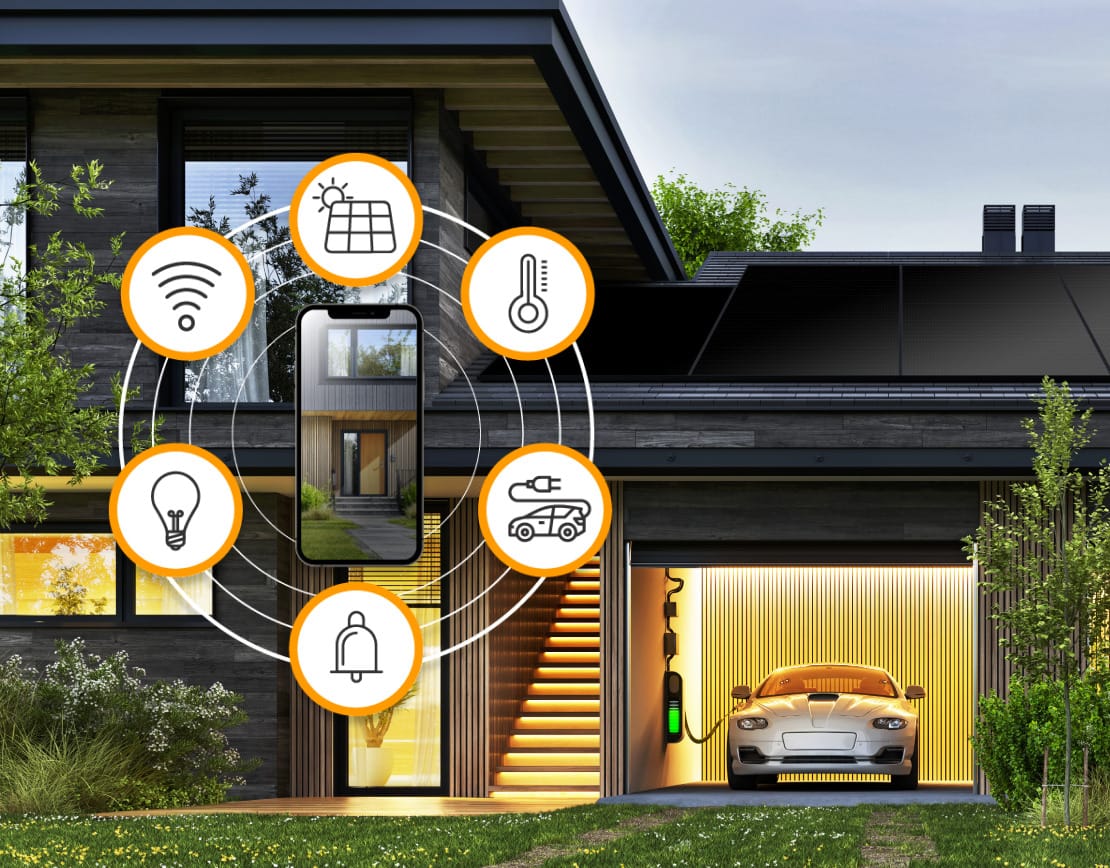Incentives, Rebates, and When to Make the Switch
For consumers who are considering making the switch from their standard utility company to solar, it is important to note that the process is more than simply installing panels and turning on the inverter. Today, we are looking at important considerations that should be evaluated before you install solar on your home or business.
Utility Companies
Homeowners who are connected to their local utilities are powered by the city’s electrical grid. Users are charged according to how much energy they use, typically at a kW/hour rate. Even when you switch to solar power, it is likely that you will continue to be connected to your city’s electrical grid, at least for a portion of the day. Consumers use solar power during the day but must rely on the city for power during evening hours or during inclement weather when the panels cannot function efficiently. This explains why you see a small fee on your monthly electricity bill. Switching to solar power will greatly reduce your rates, but it will not eliminate them completely unless you go “off the grid.”
Your local utility company has many consumers to service throughout the day, which can be taxing on the power grid. In some states (particularly California in the Summer), the electrical grid can become so overused that it creates surges in the system. This leads to blackouts and power outages – in fact, in 2000 and 2001 Californians experienced “rolling blackouts,” or planned outages. These were designed to preserve the system and provide electricity to as many people as possible. For several hours at a time, consumers would experience a lack of power (and air conditioning).
To these types of situations from recurring, utility companies offer incentives to consumers who make their homes more energy efficient and limit their usage. PG&E, for example, charges consumers on a tiered system: Energy use during “peak hours” is charged at a higher rate than energy used during off hours (early morning or late night). This is meant to encourage limited use during the hours when more people are connected to the grid.
In fact, rebates and incentive programs are offered to homeowners who install energy efficient windows, doors, and appliances in the home. Currently, consumers can receive rebates on installation costs of energy efficient lighting and thermostats. No-interest loans up to $100,000 are available for new homes that come equipped with energy efficient features. These are all designed to keep people from drawing to heavily on the electrical grid, which will lead to outages.
Solar Incentives
If utility companies want to limit stress on the electrical grid, why would they not offer solar incentives?
There are several reasons. First, switching to solar does not completely remove you from the grid. You continue to draw power during the night and during inclement weather conditions. However, most transmission costs (including emergency situations and normal line maintenance) are financed by the kW/hour rate paid by consumers. If solar users are not contributing to this fund, but are continuing to draw power during off-hours, it creates an imbalance. Utilities want to impose restrictions and additional fees to recover some of the money being lost. For example, in California, solar users must pay a one-time connection charge of $75 – 150, in addition to regular fees.
Given recent policy changes and additional fees imposed by utility companies, is it still a good idea to install solar?
Solar remains a viable option for homeowners. The tax rebates and overall energy savings are significant for consumers, even with additional fees. As technology continues to improve, you will see prices fall for both installation and maintenance of the equipment, which will make outright purchases a more attractive option for many homeowners. By owning the equipment, you will experience much greater savings through rebates and tax incentives.
Solar has become a worthwhile investment for consumers who want to limit their connection to the electrical grid, reduce their peak hour usage, and enjoy incentives. As solar becomes more widespread in new homes, the financial incentives make solar an attractive energy solution for consumers.
Utility Sources
https://news.energysage.com/much-solar-panels-save/
https://www.motherjones.com/environment/2016/01/green-energy-rec-rooftop-solar-panels/
https://www.consumerreports.org/energy-saving/how-utilities-are-fighting-back-on-solar-power/
http://www.energy.ca.gov/maps/serviceareas/electric_service_areas.html
https://energy.gov/eere/femp/energy-incentive-programs-california
https://www.energysage.com/solar/cost-benefit/solar-incentives-and-rebates/



